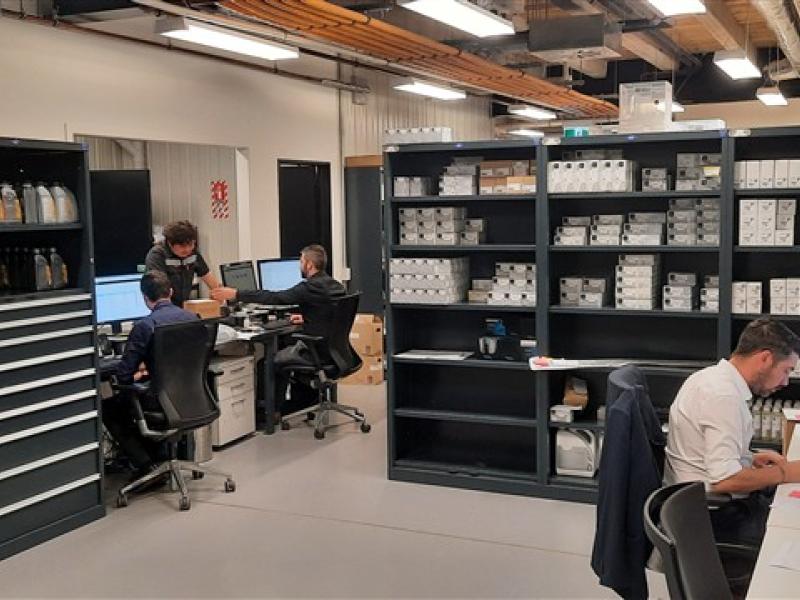Mat Wylie shares how to manage your business’s Google presence and
manage the feedback – both good and bad.
I’ve had loads of conversations recently with SME business owners about how they’re taking learnings from 2021 and applying them to 2022 – especially when it comes to those things we can and can’t control. Luckily, great customer experience and the way we’re perceived are always things we have a say over!
93 percent of customers say that online reviews have had an impact on their buying decisions (source: Podium), while local SEO company Bright Local found consumers are willing to spend 31 percent more on a business with excellent reviews. In short, it pays to make the most of your online reviews.
But do you know what your customers are saying about you online? And what does it take to master your online presence so that customers searching and shopping from their phones and computers will choose you over the competition?
Gain control over your ‘Google My Business’ presence
First up, let’s start with the basics. You already have a digital presence – it’s what people see when they Google your name and start comparing you against other businesses in the area.
If a customer looks up your business on Google Maps, for example, it’s your Google My Business that shows up. Businesses can control this: you can edit your hours and location, and respond to reviews. You absolutely should have this set up. According to Google, a strong Google My Business presence (including reviews) makes customers 38 percent more likely to visit a store and 29 percent more likely to make a purchase.
Set-up is easy: Look up your business on Google Maps, then click ‘Claim this business.’ From there, you’ll be taken to a separate page and link it to your email address so you can ensure information is correct, and reply to reviews going ahead.
Perhaps most importantly, how you’re perceived on Google affects how likely customers are to engage with you. Eight out of 10 shoppers trust online reviews as much as personal recommendations, and if your star rating is less than 3.4/5, then your customers are going to be turned off (source: Podium). Luckily, mastering your reviews isn’t that hard.
Turning reviews into gold
You should have someone in your team who is dedicated to responding to your Google reviews. Readers trust businesses that authentically engage with reviews; its proof that ongoing improvement is part of your strategy.
Even bad reviews can be beneficial. It’s normal to want to avoid negative feedback, and that might turn you away from asking for reviews at all – but 45 percent of consumers are more likely to support a business that has responded to negative reviews (source: Review Tracker) and shown that they’re prepared to recognise an issue.
With the reward of great feedback – that you can leverage in your marketing – the rewards really do outweigh the risks.
Ideally, however, you’re actively asking for feedback so that you’re always engaged with your customer base and dealing with that negative feedback before it hits Google. A negative review probably contains something you had control of all along, after all.
That’s why we always encourage businesses to proactively ask for feedback, deal with any issues that arrive, and then encourage those customers to share their thoughts on Google. That’s how you get the best of both worlds – feedback that you can use to turn a customer’s experience around and improve your business AND an online presence that shows customers why they should buy from you.






